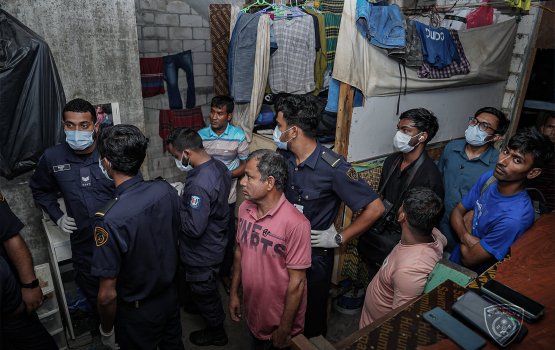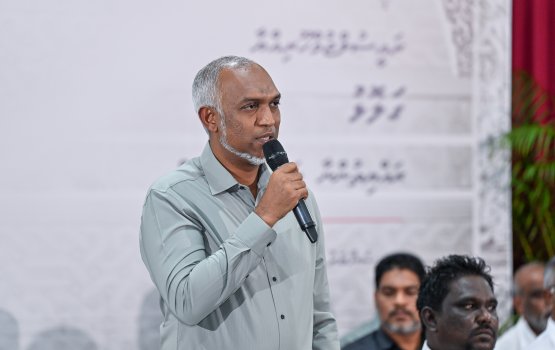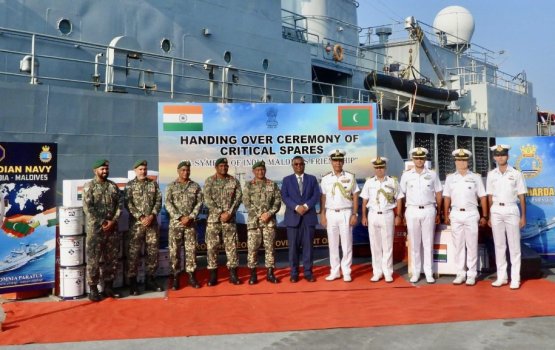Google has announced Dhivaru, a new Trans-Indian Ocean subsea cable system that will link the Maldives, Christmas Island and Oman — a major investment aimed at expanding the reach, reliability and resilience of digital connectivity across the region. The project builds on Google’s Australia Connect initiative and supports the rapidly growing demand for AI-driven services.
Google noted that resilient connectivity is now essential as adoption of advanced products such as Gemini 2.5 Flash Image (Nano Banana) and Vertex AI accelerates at unprecedented speed. The company says the Dhivaru system is part of its long-term strategy to meet this global demand.
Named after the line controlling the mainsail on traditional Maldivian vessels, Dhivaru symbolizes the strength and precision of Maldivian seafarers.
Alongside the subsea investment, Google will establish two new regional connectivity hubs in the Maldives and Christmas Island. The locations are strategically positioned to enhance digital connectivity for Africa, the Middle East, South Asia and Oceania.
President Dr. Mohamed Muizzu welcomed the investment, describing it as a strong vote of confidence in the Maldives’ stable, open investment climate and its long-term digital vision. He said the project positions the Maldives “at the crossroads of global connectivity,” unlocking new economic opportunities and supporting the country’s digital transformation.
Ooredoo Maldives CEO and Managing Director Khalid Al Hamadi said the project represents a major leap in strengthening the nation’s digital backbone and will expand opportunities for sectors such as tourism through smarter operations and improved customer experiences.
Dhiraagu CEO & MD Ismail Rasheed said partnering with Google marks another milestone in the Maldives’ integration into the global subsea infrastructure network. He highlighted Dhiraagu’s long-standing investments in national and international cable systems and said the new connectivity hub planned for Addu City will further enhance resilience across the digital ecosystem.
Connectivity Hubs: Enhancing Indian Ocean Infrastructure
Google’s new hubs are designed to future-proof regional connectivity through three core functions:
- • Cable switching:Hubs allow data to switch paths quickly, improving resilience and enabling automatic re-routing if a cable fault occurs. This ensures high availability not only for the host country but for the whole region.
- • Content caching:By storing popular content locally, Google reduces latency and improves user experience — a key requirement for modern digital services.
- • Colocation:Google will provide rack space for carriers and local companies in areas lacking access to advanced data-center facilities, helping strengthen the local digital ecosystem.
Energy Efficiency and Sustainability
Google highlighted that subsea cables are highly energy efficient. While connectivity hubs require more power than typical island infrastructure, they consume far less energy than full-scale data centers. The company is exploring opportunities to use its power demand to help accelerate local investment in renewable energy.
Google says the new Dhivaru cable system and connectivity hubs will reinforce the resilience of internet infrastructure across the Indian Ocean, support local economies, and extend the benefits of AI to people and businesses worldwide. More announcements on subsea projects and regional hubs are expected as Google continues expanding global network capacity. (Source: Google cloud)








